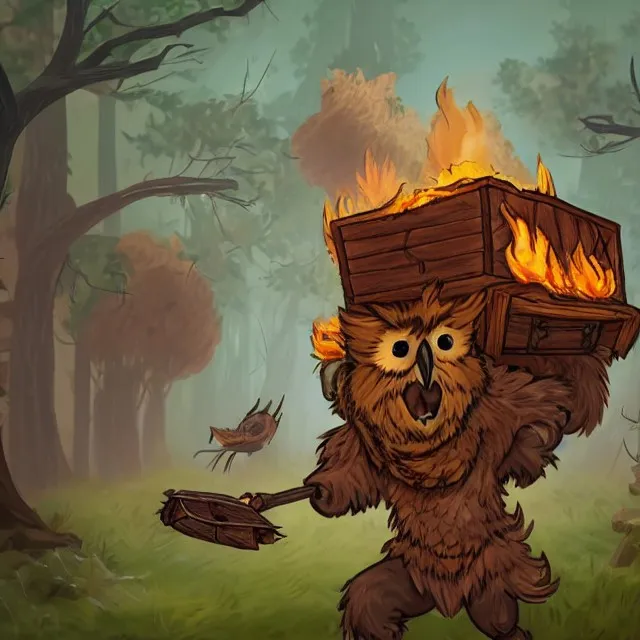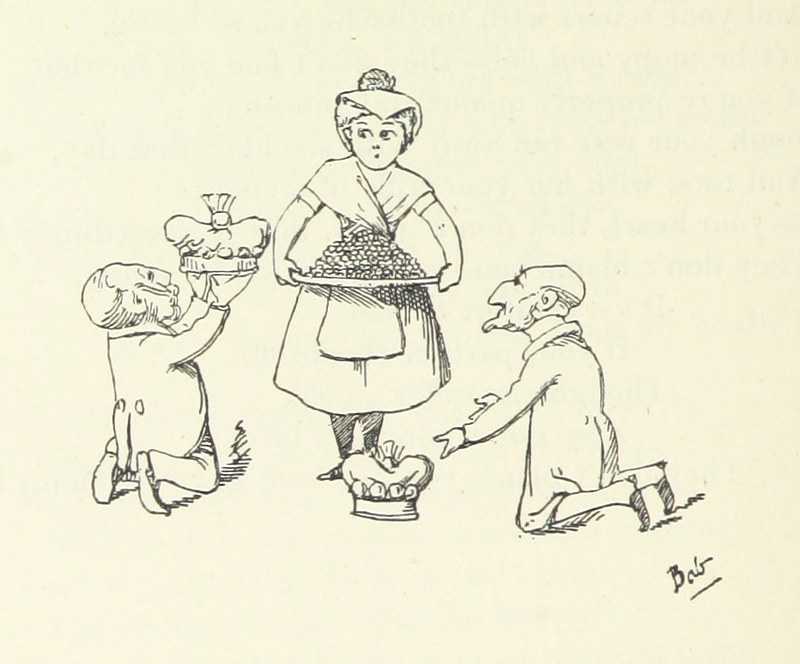Yesterday after a long and frustrating week, I decided to watch Batman Begins. After it was finished, I wanted to hang out in that world a bit longer, so here’s some stuff for your D&D game inspired by things from that movie that you won’t find on a utility belt.

Plot point: Approaching, unstoppable danger
In the movie, Ras has a machine that vaporises the water supply, turning the haluconagen filled water into a gas. The machine is travelling along the train system, vaporising the water below it as it goes. Massive amounts of chaos is happening. Once it gets to Wayne Tower – the centre of Gotham, and coincidentally the central water reserve below Wayne Tower – it’ll knock the pressure so high the entire city will be engulfed in the gas.
A version of this plot point is actually already in Rime of the Frostmaiden. It was very good and very tense there! Other versions you can do:
- A series of dams are set to explode on a timer. (Why not all at once? Maybe fear is the villains motive, rather than simply killing everyone. Maybe it’s a ransom thing.)
- A curse is spreading through the city. The good news is that there are bridges and guards keeping the blighted in quarentine in certains parts of the city, but every once in a while someone scared townsfolk manage to break through and continue to spread the curse.
- A slander – an outright lie – about the group (or the group’s patron) is slowly making its way around the country. If enough people hear it, it won’t matter what the truth is. Getting their reputation back will always be mared. Proving the slander as a falsehood is a key way to resolve the whole thing, but doing so takes time. Maybe shutting people up is the first step?
The key bits of this plot point are: 1) the threat must have already started. The damage its causing is obvious. It can’t be allowed to go on. 2) There is a way to stem to the flow, and doing so will mean fewer impacted lives. Focusing here migth mean the actual villain has a chance to escape. 3) There’s a way to stop the villain, and end the whole thing, but in the meanwhile lots of people will be affected before that happens.
Contacts: Making connections
After writing about contacts before, I’m pleased to see that they’re such a big deal in Demon City too, which I just received.
The Tech Guy. Lucius Fox. Has access to tonnes of gadgets and is more than happy to share them with their Character Contact. Knows what tools are needed for a particular job. Keeps his ear to the ground for other interesting tech that is cropping up. Unfortuntaely: their not exactly his gadgets to be giving out, so he has to have some measure of care and getting their returned is crucial. Others know about The Tech Guy’s ability and inventory and will try to make moves for it. Keeping Lucius as a Contact will require side missions to keep him safe.
The Bent Officer. Arnold Flass (Gordon’s partner.) He’s got a dark side, but he’s not bad. He takes bribes because everyone takes bribes. Why lose out on the money? Because of that, he often knows where he’s been told not to be which may be of use to his Character Contact. He’ll do his job and arrest the little guys, and turn the other way when it’s just common sense to do so. Unfortunately: he only ever knows enough to get the Character started on their investigation. The actual Bad Guys don’t share anything with him. He’s also prone being blackmailed by the mobsters, and he may need help getting out of those situations.
The Sherpa. Alfred. As close as family to their Character Contact and loves them enough to buy into whatever their current passions are. They’ll do their best to mind matters whilst the Player is away, collect them when they’re left for dead, and make a nice smoothy. Unfortunately: they’re not a fighter, nor are they particularly strong. Their loyalty to the Character often puts them in situations they can’t handle and need to be rescued from. Their dedication to the Character’s safety might also at some point be prioritised above the player’s objectives.
Feat: Why Do We Fall?
Why Do We Fall?
Gain the Restless Endurance (Half-Orc) trait.
In addition, when you use this trait make a DC 15 Constitution saving throw. On a success, you’re hard as fuck and gain (10 + Con modifier) temporary hit points which vanish in 1 minute.
In addition, when you use this trait make a DC 15 Intimidation (Con) check. On a success, you’re cool as fuck and the creature that triggered the trait is Frightened of you until the end of your next round.




